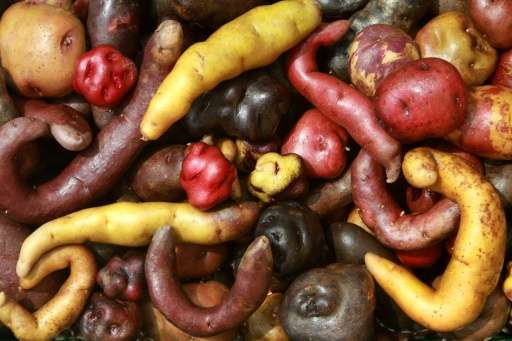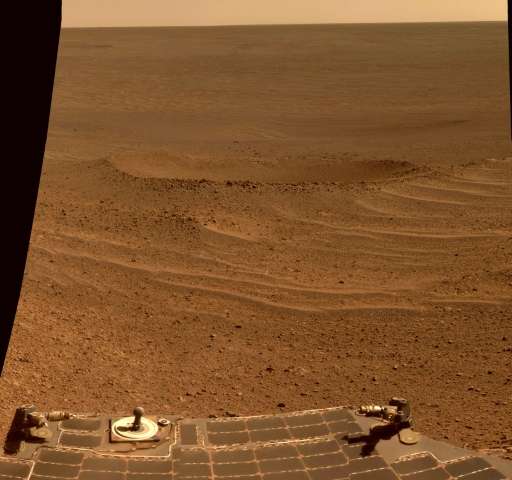NASA will try to grow potatoes according to the Martian method in the Peruvian desert

Agency NASA begins experiment on growing potatoes in conditions close to the Martian. The location of the experiment is the Atacama Desert in Peru, the beginning is scheduled for March of this year. According to the authors of the project, they are almost 100% sure that some varieties of potatoes will pass all tests. However, it will be possible to speak about the first results no earlier than in 1-2 years.
In the sci-fi film "Martian" a participant in a Martian expedition named Mark Watney finds himself on Mars, without a large supply of food and water. He has to learn a lot to provide himself with everything he needs. In particular, he creates a greenhouse for growing potatoes (he extracts water from rocket fuel).

The soil of the Atacama is very similar to what scientists discovered on Mars.
')
Scientists who are conducting a similar experiment are going to test the viability of about 100 potato varieties. The Atacama Desert is one of the most unfavorable regions of the Earth for agriculture. A greenhouse with microclimate conditions close to the Martian ones will be created here. That is, there will be almost no oxygen here - the “atmosphere” of the greenhouse will be saturated with carbon dioxide, plus a high level of UV radiation.
Many varieties of potatoes, which were taken for testing during the experiment, were bred in the Andes. They are fully adapted to difficult climatic conditions, the lack of a large amount of water and nutrients. In order to make the potato more viable, it is planned to protect it from viruses and bacteria. 60 varieties of potatoes from 100 named will be bred by geneticists. Experts are planning to transport about 100 kilograms of potatoes to the Lima laboratory.

Peru - a country with the largest species diversity of potatoes, varieties, there are almost 4,000
If potatoes do not grow in the soil of the Atacama, scientists plan to use special containers and hydroponics.
In the coming years, NASAS plans to build a Mars research center in the Peruvian desert, referred to above. This will allow to fully explore the possibility of agricultural work in conditions close to the Martian ones.
Source: https://habr.com/ru/post/390687/
All Articles